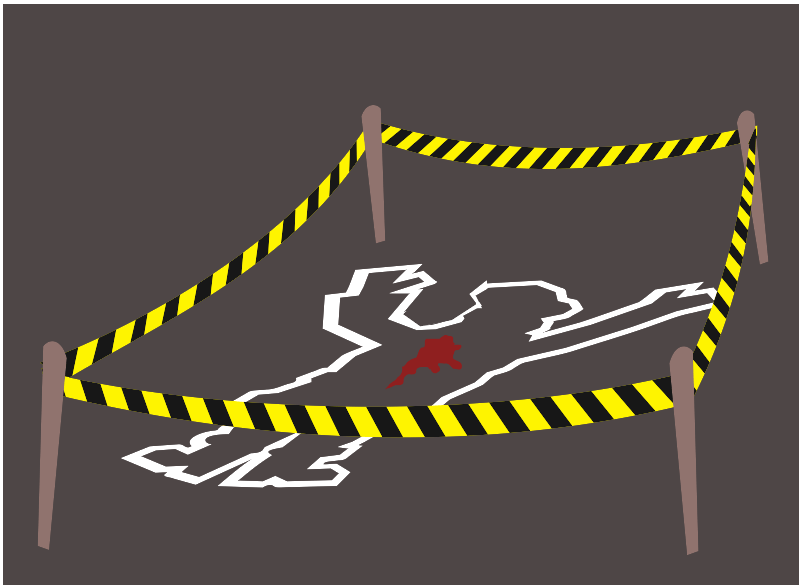The Latin phrase, in medias res, means “in the middle of things.” Some famous stories have been written with this technique. On the first page readers find themselves right in the middle of intrigue, disaster, war, crime—some heart-pounding situation—with nothing leading up to it, as if the reader just fell from the sky to land smack dab in the middle of chaos.
This is an interesting approach to storytelling. To me, its prime attraction is the fact that the author doesn’t have to worry about boring the reader in Act 1. In most story structures, Act 1 introduces key characters along with tidbits of scenery and backstory plus a reason for tension. Much of the time this formula works all right, while other times it can be downright mind numbing. Yet, when a story begins in medias res, Act 1 boredom would not be a problem…certainly not if the first paragraph of the first page has a guy named Peter furtively sliding a dollop of strychnine into Ethel’s wine glass.
The story might even open with Ethel’s thought: I liked Peter much better when he wasn’t trying to poison me. With an opener like that, I’d dare readers not to immediately read the next sentence, and then the next.
I penned my first short story in the fifth grade, yet it would be years before I learned the myriad options regarding story structure. Out of the many short stories I’ve written since, I’ve only completed a few that truly began right in the middle of things. I’ve never been a crime writer, but this most recent story starts with a crime scene, much like the original Law and Order episodes. This is how it came to be:
One day, while reorganizing my desk, this off-the-wall scene shot into my mind. It involved a robbery gone wrong, a dying shop owner, a trapped thief, and a pool of blood. Just like that. I didn’t know anything about the crook, didn’t know why the thief picked that particular store, had no idea why the crook shot the shop owner, and wasn’t sure why the robber now crouched behind a rack of Hostess cupcakes. So when I quit cleaning my desk and sat down to write, this horrific but static scene was all I had to start with.
The temptation was strong to begin the tale with some character background for the huddled thief. I really wanted to start with him, addressing questions like: Why did he want to rob that store? Why was he a thief, especially an armed one? Why was he alone? Had he always been a thief? Was he new at this? And did he have a wife, a girlfriend, a family?
Yep, my curiosity wanted answers, and I badly wanted to share them with the readers, but in the end, that memorable scene won out. Rather than wait until Act 2 to introduce the thief, the confrontation, and the bloody scene, I left it right there in Act 1, page 1. I’d write this story as it came to me, in medias res.
Meanwhile, any crucial bits of backstory, including why this protagonist isn’t a nice guy, would enter the story here and there, like flashbacks while he was driving to Colorado, or regrets as he sat alone on a barstool, or fear while he buried cash in the backyard. Although entertaining and interesting, these intermittent pieces of relevant information were not necessary for readers to enjoy that first chapter.
Eventually, the story that began with a tragic scene in an out-of-the-way Gas-n-Go grew to 5,500 words. I thought I was happy with it right there, and ready to publish, but more recently the tale has been bugging me to embellish the subsequent events that later ensue, including a haunting ghost. That’s fine, the story can be longer…
…just as long as I don’t mess with that first scene.
Happy New Year,
Ann


I can’t wait to read that story someday!
Hey Kelley,
I’ll send you the version I have now – I haven’t started the rewrite yet.
Thanks!